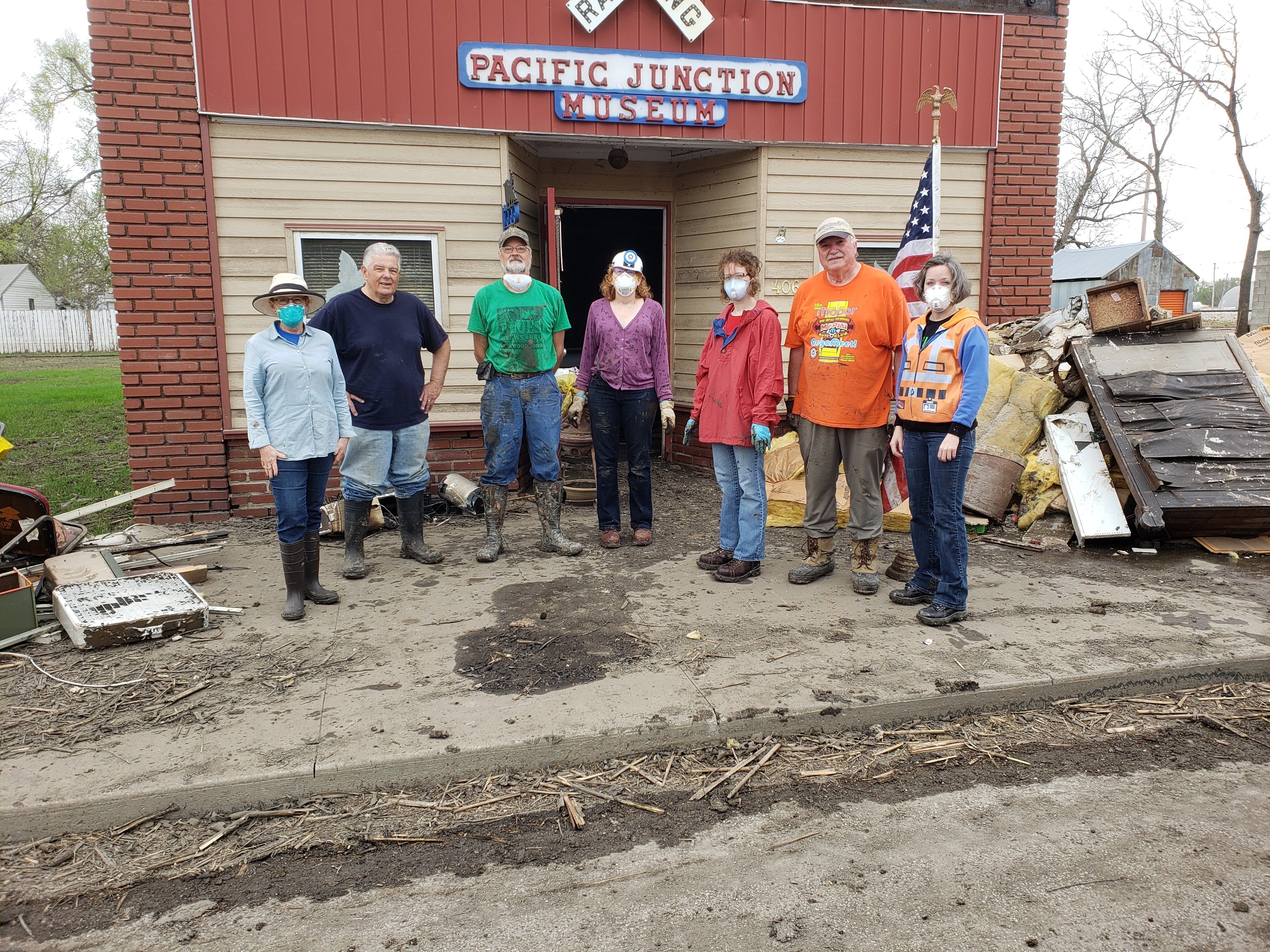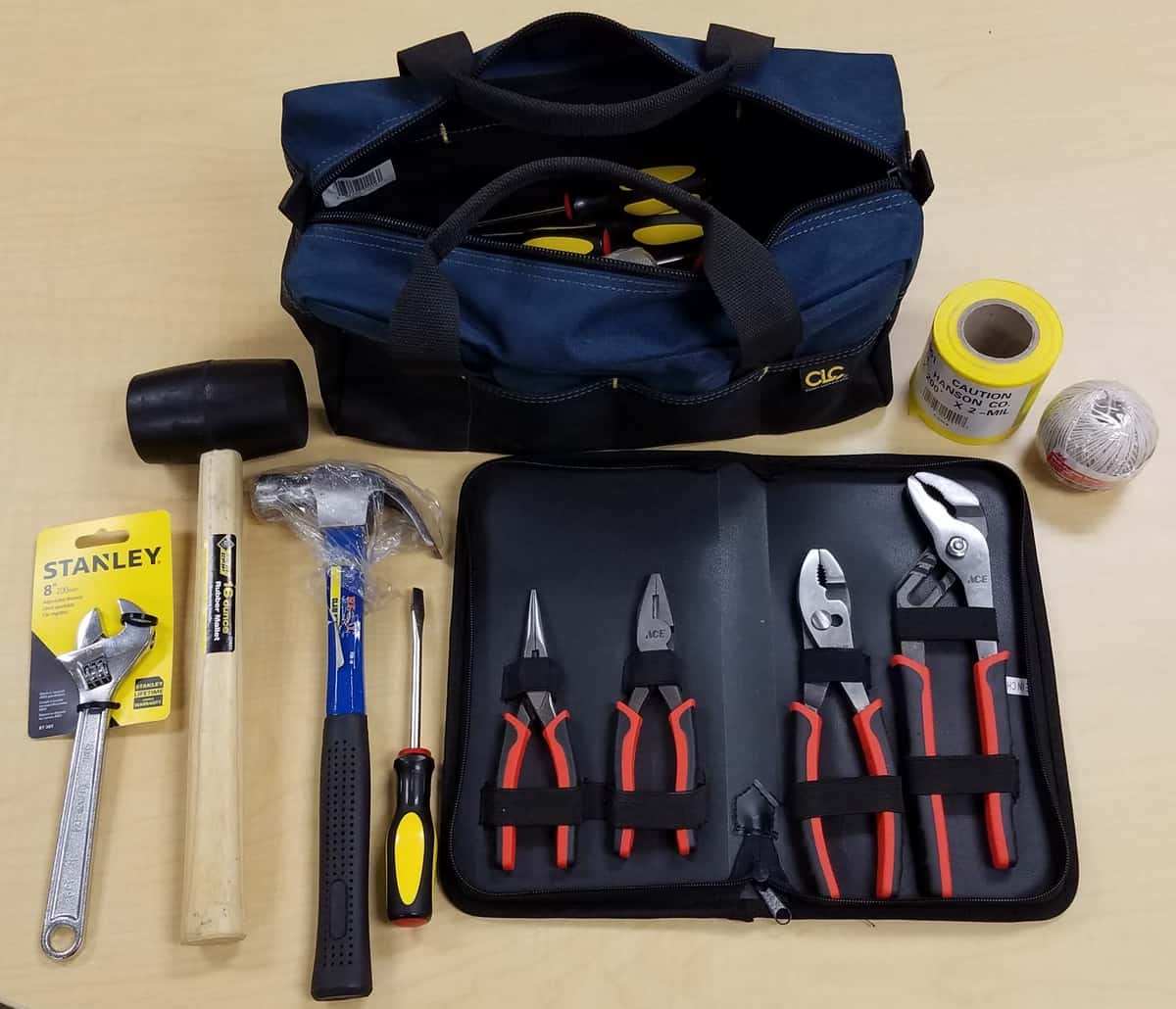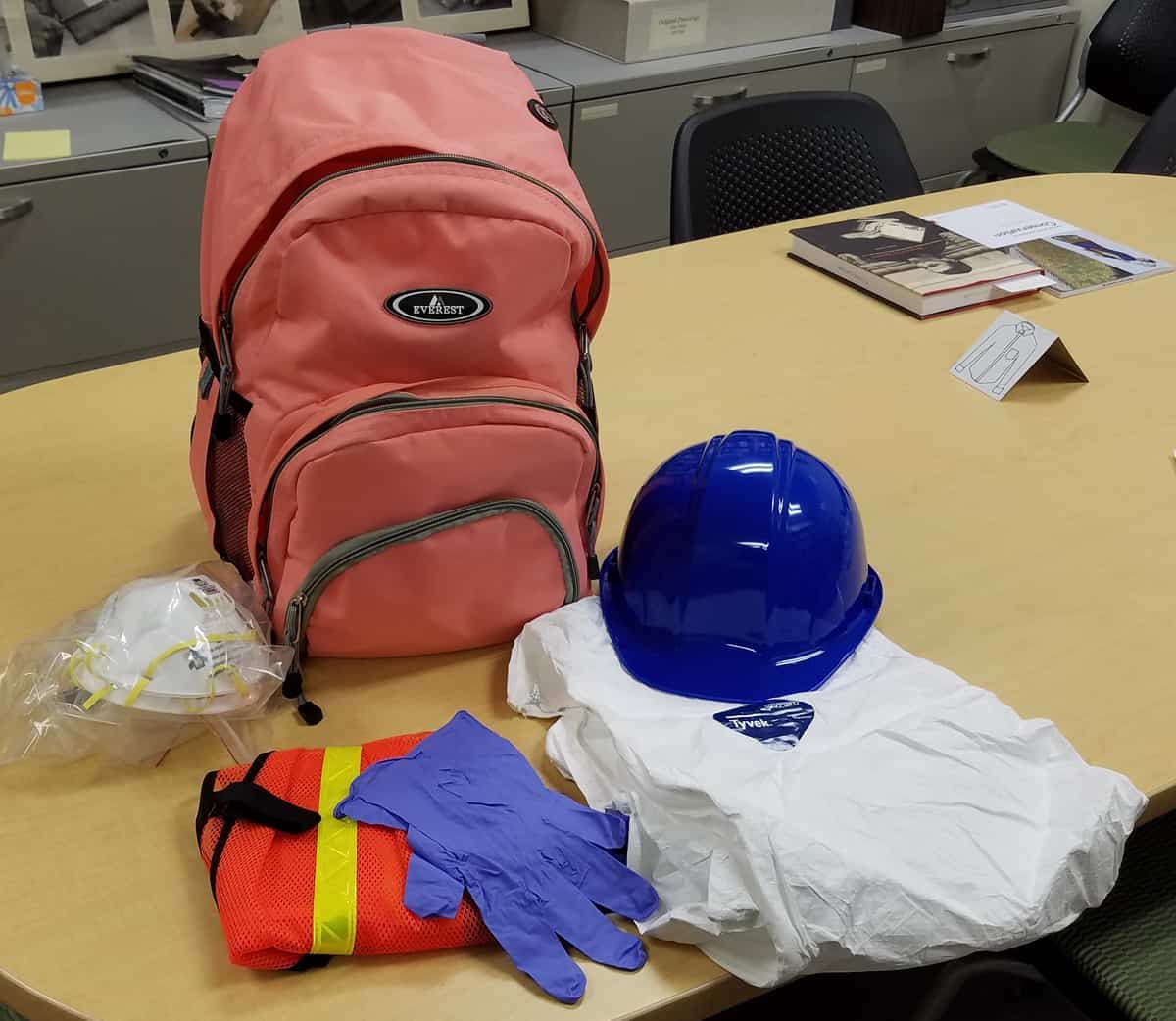Nancy E. Kraft, Head of Preservation and Conservation, has retired after serving 18 years at the University of Iowa Libraries.
Category Archives: Disaster response
IMALERT members assist in disaster recovery
On Monday, April 22, Iowa Museums, Archives, Libraries Emergency Response Team (IMALERT) members assisted with the retrieval and salvage of collection items in the flood-damaged Pacific Junction Railroad Museum (PJRM). We could not have had a more “perfect” flood recovery experience. The Mills County Historical Museum Director Steve Hunt from nearby Glenwood had everything well organized.
Part Two: A Librarian’s Disaster Response Gear
By Nancy E Kraft: My Trunk Kit has expanded from a flashlight and a screw driver to include pliers, wrenches, screw drivers, a hammer, mallet, crowbar, string, twine, utility knives, caution tape, duct tape, gloves, scissors, flash Lights, a “head” light, and hiking boots. The crowbar is handy for prying swollen doors and drawers open. Wet books swell, become jammed into shelves, and often need to be tapped out with a mallet. Ideally, all items will have wood or rubber handles to protect from electrical conductivity. In addition to the trunk kit, I utilize whatever I can find at hand. Window screens are handy for drying out fabrics, thin paper and photographs. String or rope can be strung up between trees and CDs, DVDs, slides, photographs can be hung up to dry.
Part One: A Librarian’s Disaster Response Gear
By Nancy E Kraft: With the Mid-West Tool Collectors Association Fall meeting in Cedar Rapids, Iowa, and the fact that I assisted in responding to the flood of 2008, I thought it would be interesting to highlight the personal gear I use to respond to disasters to libraries and museums. The gear can be divided into three categories: personal protective equipment, response tools, and recovery tools.



